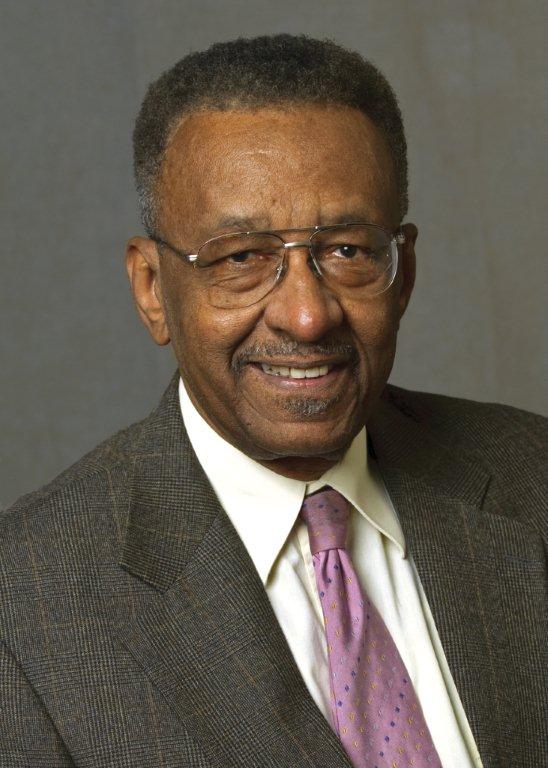If you listened to the rhetoric of black politicians and civil rights leaders, dating back to the Reagan years, you would have been convinced that surely by now black Americans would be back on the plantation. According to them, President Reagan, and later Presidents Bush I and II, would turn back the clock on civil rights. They’d appoint “new racists” dressed in three-piece suits to act through the courts and administrative agencies to reverse black civil rights and economic gains. We can now recognize this rhetoric as the political equivalent of the “rope-a-dope.” As my colleague Tom Sowell pointed out in a recent column, “Liberals, Race and History,” if the Democratic party’s share of the black vote ever fell to even 70 percent, it’s not likely that the Democrats would ever win the White House or Congress again. The strategy liberal Democrats have chosen, to prevent loss of the black vote, is to keep blacks paranoid and in a constant state of fear. But is it fear of racists, or being driven back to the plantation, that should be a top priority for blacks? Let’s look at it.
Only 30 to 40 percent of black males graduate from high school. Many of those who do graduate emerge with reading and math skills of a white seventh- or eighth-grader. This is true in cities where a black is mayor, a black is superintendent of schools and the majority of principals and teachers are black. It’s also true in cities where the per pupil education expenditures are among the highest in the nation.
Across the U.S., black males represent up to 70 percent of prison populations. Are they in prison for crimes against whites? To the contrary, their victims are primarily other blacks. Department of Justice statistics for 2001 show that in nearly 80 percent of violent crimes against blacks, both the victim and the perpetrator were the same race. In other words, it’s not Reaganites, Bush supporters, right-wing ideologues or the Klan causing blacks to live in fear of their lives and property and making their neighborhoods economic wastelands.
What about the decline of the black family? In 1960, only 28 percent of black females between the ages of 15 and 44 were never married. Today, it’s 56 percent. In 1940, the illegitimacy rate among blacks was 19 percent, in 1960, 22 percent, and today, it’s 70 percent. Some argue that the state of the black family is the result of the legacy of slavery, discrimination and poverty. That has to be nonsense. A study of 1880 family structure in Philadelphia shows that three-quarters of black families were nuclear families, comprised of two parents and children. In New York City in 1925, 85 percent of kin-related black households had two parents. In fact, according to Herbert Gutman in The Black Family in Slavery and Freedom: 1750-1925, “Five in six children under the age of 6 lived with both parents.” Therefore, if one argues that what we see today is a result of a legacy of slavery, discrimination and poverty, what’s the explanation for stronger black families at a time much closer to slavery – a time of much greater discrimination and of much greater poverty? I think that a good part of the answer is there were no welfare and Great Society programs.
Since black politicians and the civil rights establishment preach victimhood to blacks, I’d prefer that they be more explicit when they appear in public fora. Were they to be so, saying racists are responsible for black illegitimacy, blacks preying on other blacks and black family breakdown, their victimhood message would be revealed as idiotic. But being so explicit is not as far-fetched as one might think. In a campaign speech before a predominantly black audience, in reference to so many blacks in prison, presidential candidate John Kerry said, “That’s unacceptable, but it’s not their fault.”
